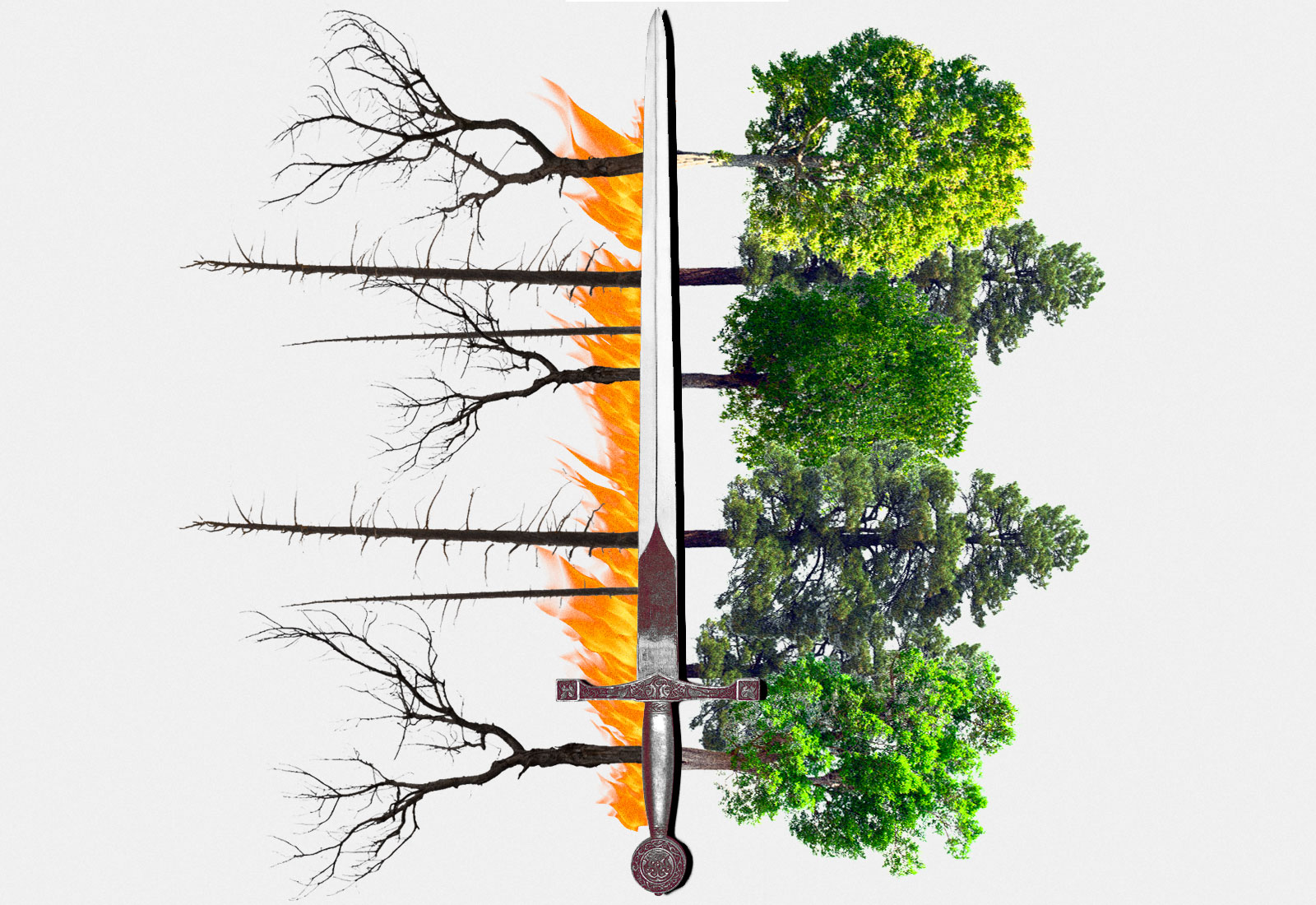This fall, world leaders will meet in Glasgow, Scotland, for the 2021 United Nations Climate Change Conference, commonly referred to as COP26. They will hash out their commitments under the Paris Agreement, raising their carbon-cutting ambitions or making announcements about climate-related investments. As the pace of warming picks up, it becomes increasingly crucial that each successive international climate conference yield real action — bolder policies, bigger expenditures, faster energy transitions.
At this point, with global carbon emissions still on the rise and only a handful of countries on track to meet their Paris Agreement targets, it may seem like any climate policy, whatever it is, is a step in the right direction. But some climate policies can have unintended consequences for biodiversity — the variety of species on earth, many of which are currently under extreme threat due to rampant human activity like agriculture, development, and overfishing. This year, 50 of the world’s leading climate and biodiversity researchers are issuing a word of caution to world leaders ahead of COP26: Climate action isn’t always a win for nature.
On Thursday, the U.N.’s Intergovernmental Panel on Climate Change and the independent Intergovernmental Science-Policy Platform on Biodiversity and Ecosystem Services unveiled a landmark workshop report that will help guide policymakers as they negotiate the details of curtailing the biggest threats facing humanity. It’s the first time these two bodies have collaborated on a report — a sign that the interconnectedness of the climate crisis and the rapid decline in biodiversity is becoming increasingly concerning to researchers.
By compiling existing research on the social impacts of climate change and biodiversity, the experts found that climate change and biodiversity are so intertwined that solving one without addressing the other would be next to impossible. “Everyone has known that they are two sides of the same coin,” Pamela McElwee, an associate professor of human ecology at Rutgers University and a contributor to the report, told Grist. The report’s new finding, she said, is that policies that safeguard biodiversity — protecting and restoring existing native forests, grasslands, mangroves, and peatlands, for example — are generally also good for mitigating climate change. The same can’t be said of climate policies’ effect on biodiversity.
“There’s a real risk that biodiversity is going to die from a thousand cuts,” Paul Leadley, a professor of ecology at the Paris-Saclay University in France who worked on the report, said at a press conference in response to a question from Grist on Thursday.
Planting more trees, for example — a natural solution to climate change that has become more and more popular in recent years — isn’t always good for shoring up biodiversity. Tree-planting companies may not take the native ecosystem into consideration and sometimes plant non-native trees that fundamentally alter local flora and fauna. Or they may neglect to take the threat of invasive pests into account, which later results in the decimation of those afforested areas.
The renewable energy boom, undoubtedly a positive step in the global effort to limit emissions from fossil fuels, relies on minerals that have to be dug up from deep underground or dredged from the ocean floor. That can have negative impacts on plants and animals, too. Planting monoculture crops for bioenergy on a large scale, such as corn for ethanol, impedes the growth of other plants, which can have a negative effect on humans and animals that rely on ecological diversity for survival.
“The point is, we have to be super careful with climate policies,” McElwee said.
Some might argue that the climate crisis takes precedence over shoring up biodiversity. After all, what good is a vibrant and flourishing ecosystem if the planet itself is hurtling toward disaster? The answer to that question is that a world devoid of biodiversity isn’t much of a world at all — particularly for humans, who have staked our economic prosperity, food security, and even national boundary lines on specific natural resources. When fish move from one place to another in search of colder water, or disappear entirely, conflicts are sparked between nations that depend on those fish. Economies are threatened by the absence of a staple source of protein. Food insecurity rises. For the sake of humankind, you can’t silo one of these issues off from the other.
But that’s what’s been happening in governments around the world. In the U.S., the Environmental Protection Agency and the Department of Energy are largely in charge of emissions policies. When it comes to policies regarding public lands, the Department of Interior calls the shots. These agencies are separate, but they should be working as one team, McElwee said. “This is such a serious dilemma that we have to get essentially all hands on deck,” she said. “We need the foresters and climate folks to get together and try to create solutions that tackle both things at once.”



